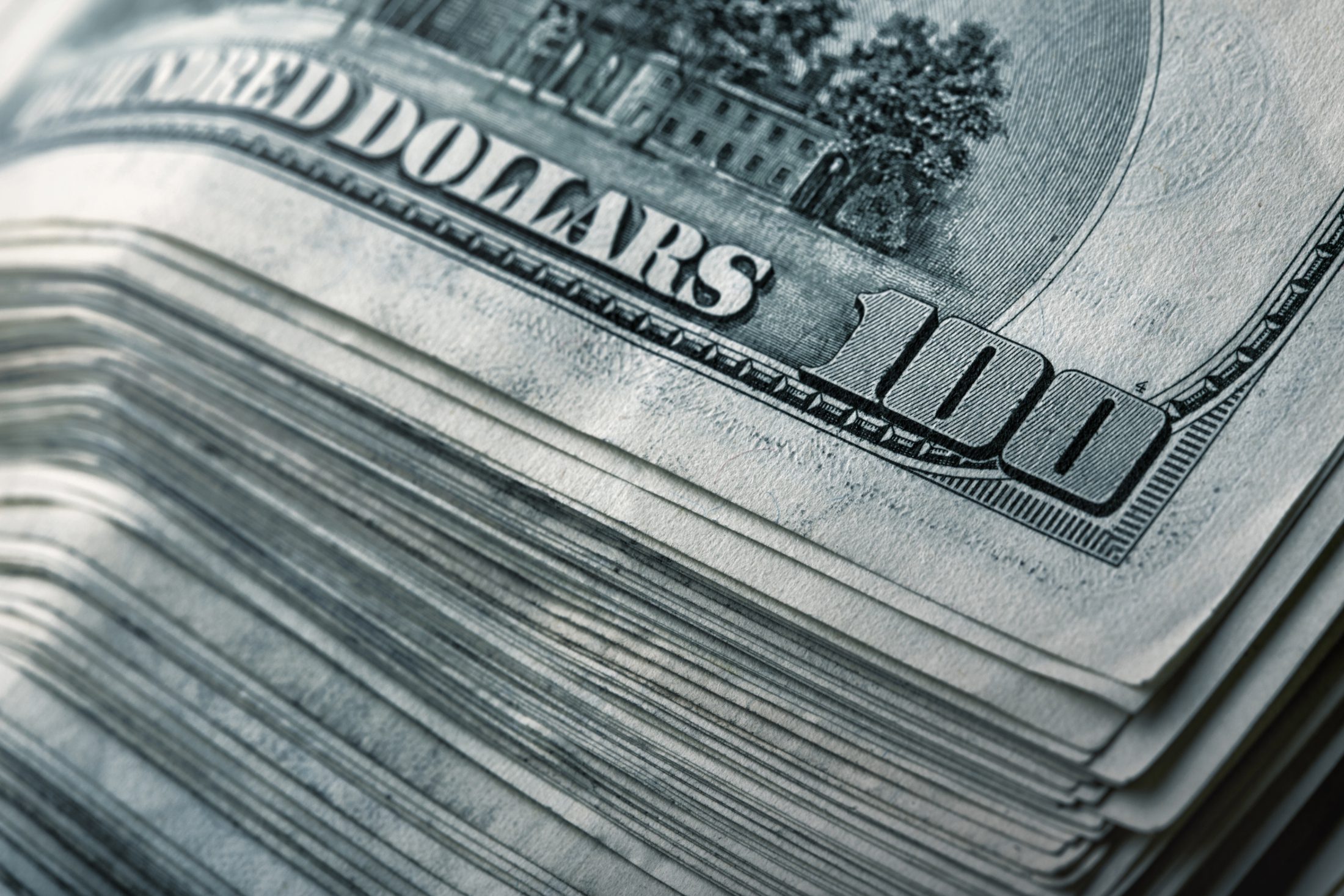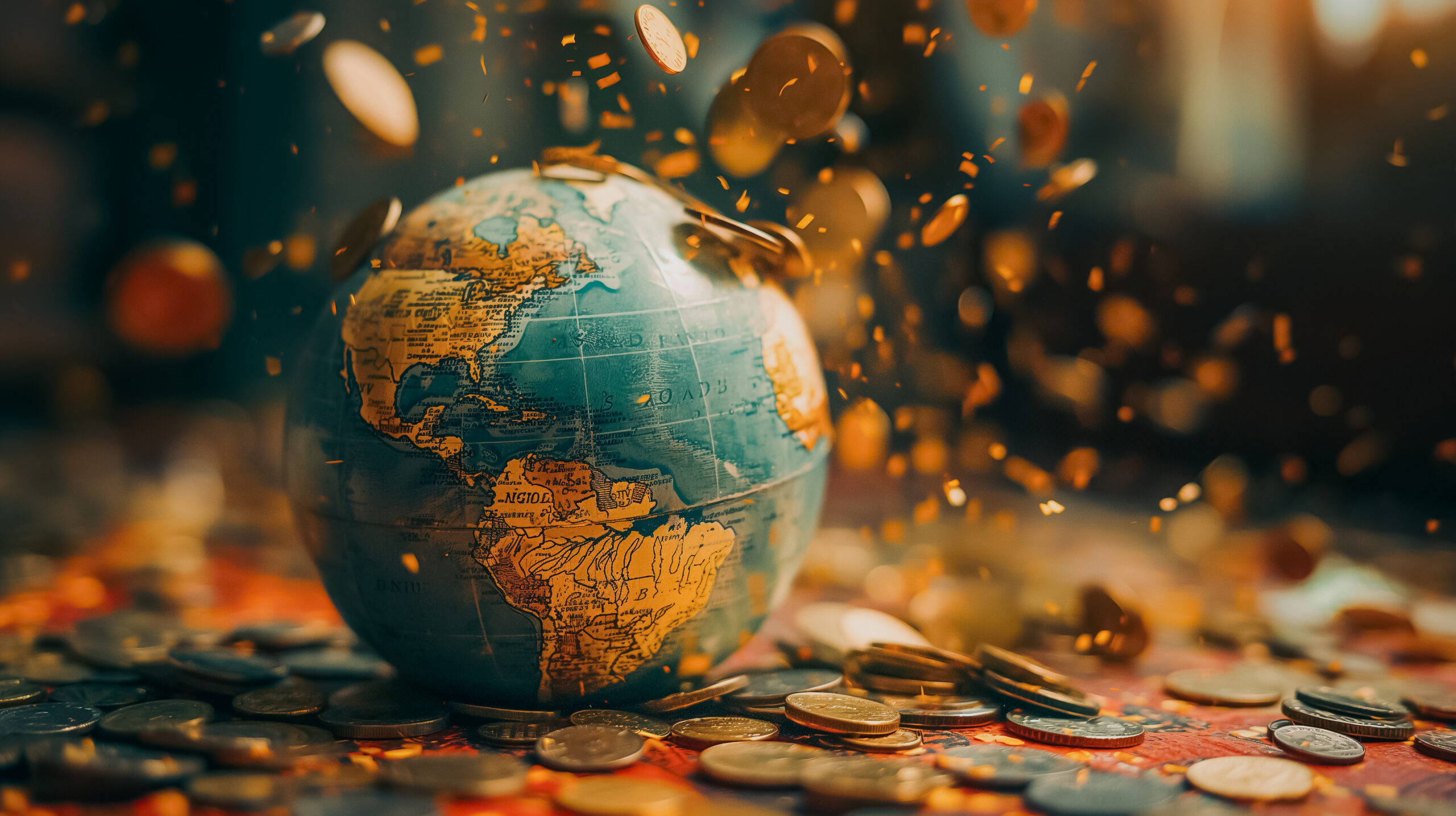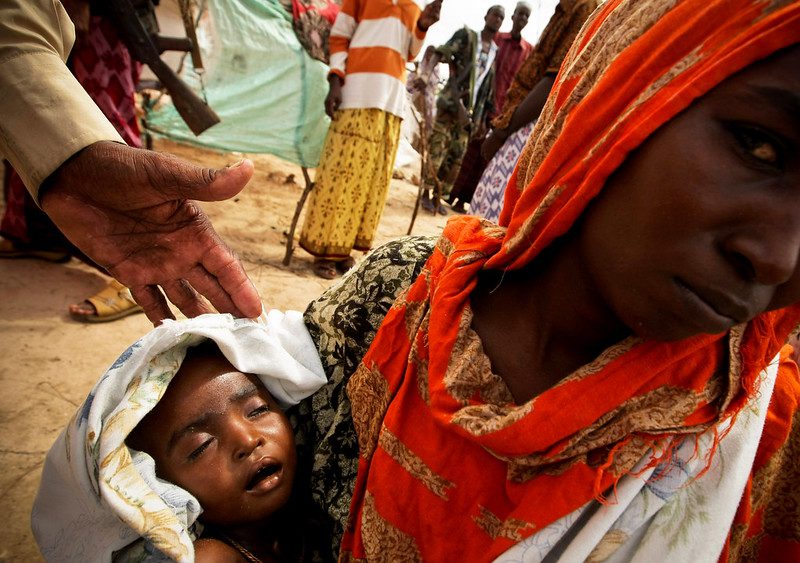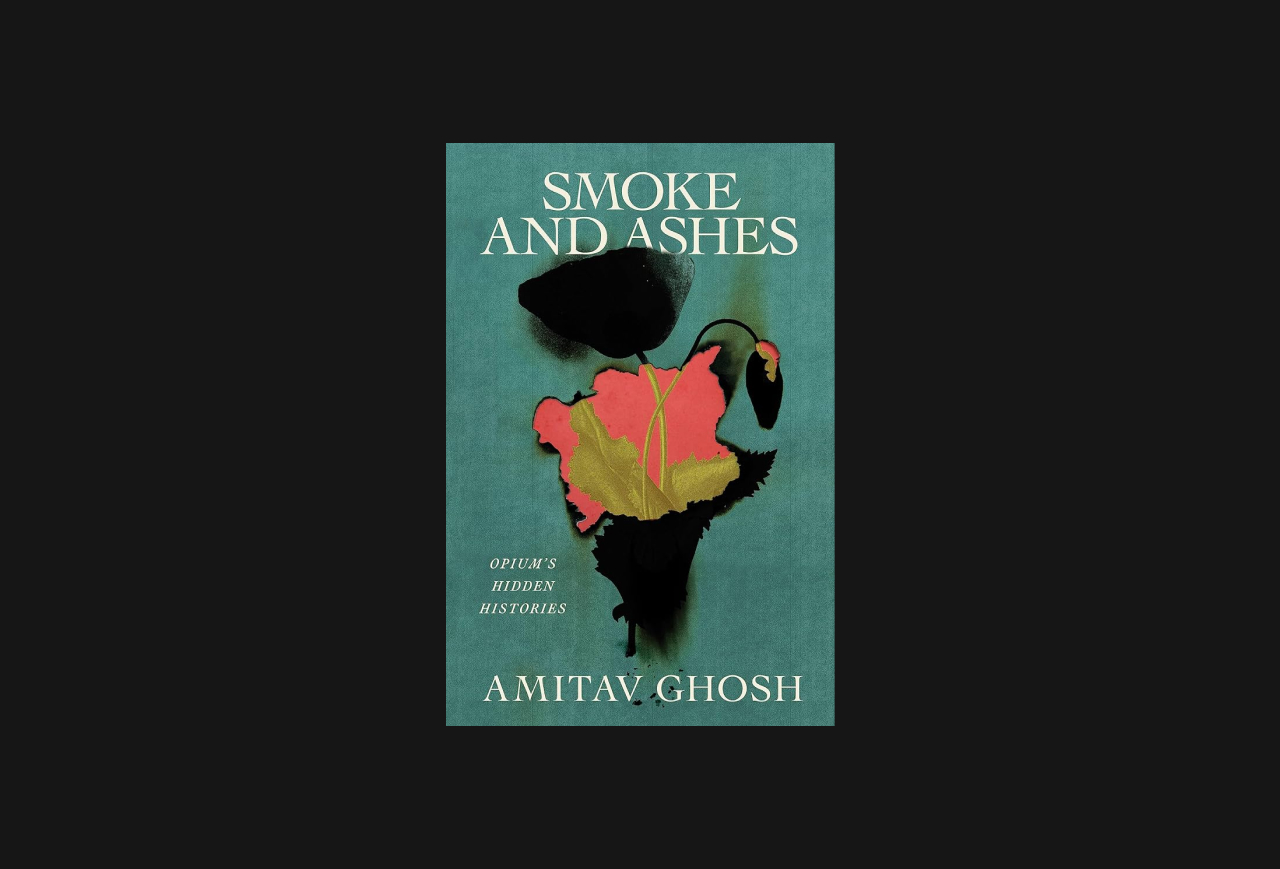Money is an artificial creation that pretends it’s natural. It is a political instrument that pretends it’s apolitical. It was first made in England and is now owned by America.
Modern money was invented as a byproduct of experiments to solve a set of problems facing the English king and parliament in the 1690s. The crucial contribution came from the philosopher John Locke, who argued that silver was, by common consent, money, and therefore that the ‘intrinsick worth’ of silver was the enduring nature of money. It’s a circular argument. Silver money was also an entirely untenable way to run a country’s finances. But it was a myth that held despite these flaws, and the workaround mechanisms developed by the Bank of England and the chartered corporations created modern money as we know it—the article in Britain’s unwritten constitution that defines the market.
It’s an extraordinary but enduring myth that money is apolitical. The steps taken by the US in 2008-09 and again in 2020 to bail out the banks were nothing if not political. ‘Quantitative easing’ confounded economic theory but worked in practice, because the politics worked. Only chartalists were unsurprised. Chartalists believe that governments should create as much money as the economy can circulate without causing inflation. Today, nobody knows the true significance of the U.S. national debt—the biggest monetary thing in the world.
Over three hundred years, like a crystal, modern money has grown but become very hard with very sharp edges.
In the early 1700s, European financial experimentation inflated some astonishing speculative bubbles—that crashed the Scottish and French economies, but nonetheless set colonial ventures in motion. In Britain, the national bank and the chartered companies bailed each other out, and by 1800, East India Company shares were de facto the world’s first global reserve currency.
During the 1800s the gold standard became a fetish. In Karl Polanyi’s reading, entire societies were sacrificed on the altar of gold, until the mayhem was simply too great. British imperial finance crashed with world war. The Bretton Woods System of 1944 was explicitly designed as an instrument of peace—the monetary foundation upon which the United Nations was constructed.
Within a few decades, money became imperial again, this time American. The exorbitant privilege of having the world’s reserve currency meant that the US could squeeze other countries but none could squeeze it. And when President Richard Nixon abandoned the gold standard, those privileges multiplied.
The world trades and borrows in dollars. For Washington, it’s ‘our dollar, your problem’— the only true sovereign currency in a financially globalized world. For the rest of the world, the erosion of financial sovereignty and the squeeze on economic prospects ranges from the concerning to the catastrophic. Only China has been big enough to play the dollar game to its benefit—but China worries that can’t set the rules for itself.
The US borrows at lower rates, sets its own rate, and because it is borrowing in its own sovereign currency it can set its own borrowing limits. America’s combination of a deregulated financial sector and regressive tax regime means that the deluge of dollars, from its domestic spend-and-don’t-tax policies and from the capital inflow from the rest of the world, goes mostly into the financial economy, not the real economy. According to the aggregate dollar data, America is getting unbelievably rich. Most Americans don’t feel it.
Wall Street is the global pace-setter for returns to capital. The US economy has grown, fast outrunning every competitor, in the last 20 years. Over years of ultra-low interest rates, it has financed its own bubble, and each time there was sign of strain, like an addict, it took more of the same drug. At the moment, the Trump Administration is craving for a new fix.
The bubble may burst, but the technologies developed in the meantime—above all, digital platforms and artificial intelligence—are real. Their stock is currently between 30% and 45% of the value of the S&P500, depending on how it’s measured, and set to grow. And the corporate monopolies with their mind-blowing fortunes are real too. When those private empires become too big to fail, they—like Britain’s East India Company 250 years ago—become the de facto legislators.
In parallel, finance has been weaponized. Starting just weeks after 9/11, the US Treasury began monitoring every financial transaction that goes through a US bank. It intervened to choke off money going where America didn’t want it to go. Treasury became a combatant command. As long as it was just al-Qaeda in the crosshairs, the rest of the world didn’t object. When the target list expanded to whole countries—Iran, Russia—the concerns escalated.
Resistance to US monetary dominance was what motivated governments to set up the BRICS club—Brazil, Russia, India, China and South Africa, since joined by half a dozen others, notably the UAE. They’re a disparate group, but all wanted to withdraw beyond the range of American financial artillery. For about a decade, there was speculation that BRICS might de-dollarize much of the world economy. In fact, it’s just happened at the margin. As described by the UAE, BRICS 2.0 is ‘non-West’ not ‘anti-West.’
The strategies adopted by BRICS members for hedging against the dollar, by acquiring the resources to underpin alternative systems, have contributed to real wars and famines. The resources they’re scrambling for include gold, critical minerals, farmland and strategic real estate. The biggest resource is digital—data is ‘the new oil’ and data plus raw computing power is powering money-making. On this, the U.S. is streets ahead.
Their de-dollarizers’ greatest weakness is hidden to the public but known to every member of the global club of kleptocrats. The world’s political budgets are in US dollars. The Trump Administration is candid about using its winnings for buying political fealty, at home and abroad.
Cybercurrencies won’t displace the dollar. They’re either tied to the existing currencies—especially the dollar—or they’re Ponzi schemes or dark money systems for hiding political finance. What sustains a global currency is the collective myth that it’s impregnable.
Until recently I thought that World War X was defined by a contest over the global currency. That wasn’t untrue, but the big story is that the US has won the currency war. For now.
With global victory comes global responsibility. When America bestrode the geo-political world in 1945, it chose to bring its rivals into the club of growth, and make stability and development into global public goods.
Do those with dollar superpower in Washington and Silicon Valley realize the real value—and the impermanence—of their winnings? Or, through recklessness, infighting, vanity or greed, will they blow it?



